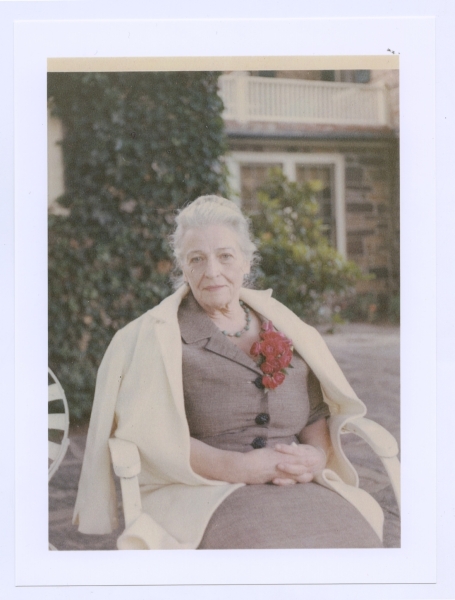Time Is Noon (50 page)
Authors: Pearl S. Buck

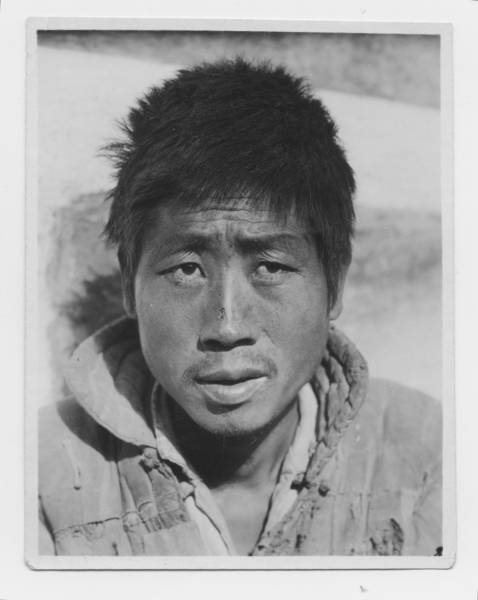
Buck’s writing was notable for its sensitivity to the rural farming class, which she came to know during her childhood in China. The following caption was found typed on the reverse of this photograph in Buck’s archive: “Chinese beggars are all ages of both sexes. They run after your rickshaw, clog your progress in front of every public place such as a temple or deserted palace or fair, and pester you for coppers with a beggar song—‘Do good, be merciful.’ It is the Chinese rather than the foreigners who support this vast horde of indigent people. The beggars have a guild and make it very unpleasant for the merchants. If a stipulated tax is not paid them by the merchant they infest his place and make business impossible. The only work beggars ever perform is marching in funeral and wedding processions. It is said that every family expects 1 or 2 of its children to contribute to support of family by begging.”
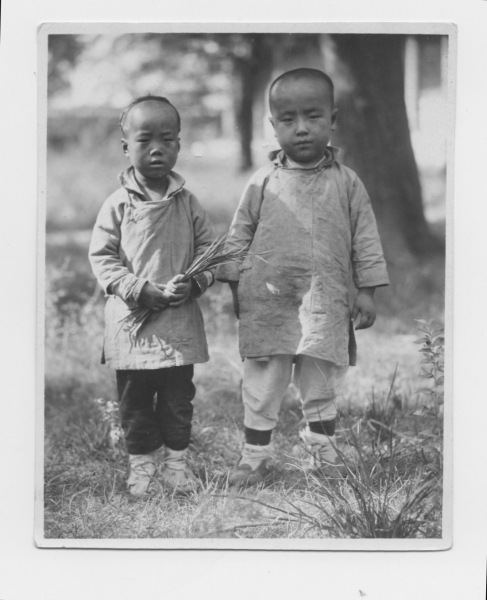
Buck worked continually on behalf of underprivileged children, especially in the country where she grew up. The following caption was found typed on the reverse of this photograph in Buck’s archive: “The children of China seem to thrive in spite of dirt and poverty, and represent nature’s careful selection in the hard race for the right to existence. They are peculiarly sturdy and alert, taken as a whole, and indicate something of the virility of a nation that has continued great for four thousand years.”
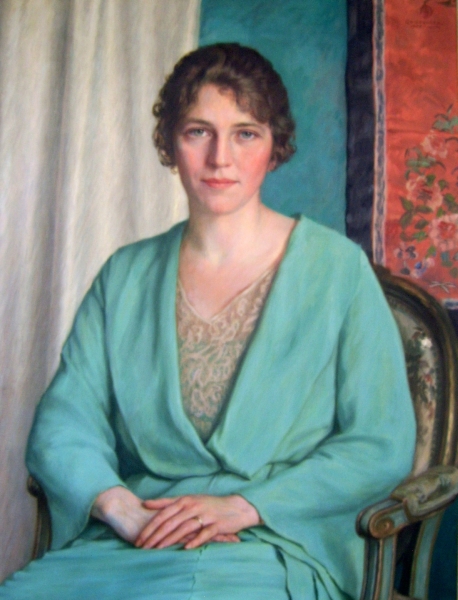
Johann Waldemar de Rehling Quistgaard painted Buck in 1933, when the writer was forty-one years old—a year after she won the Pulitzer Prize for
The Good Earth
. The portrait currently hangs at Green Hills Farm in Pennsylvania, where Buck lived from 1934 and which is today the headquarters for Pearl S. Buck International. (Image courtesy of Pearl S. Buck International,
www.pearlsbuck.org
.)
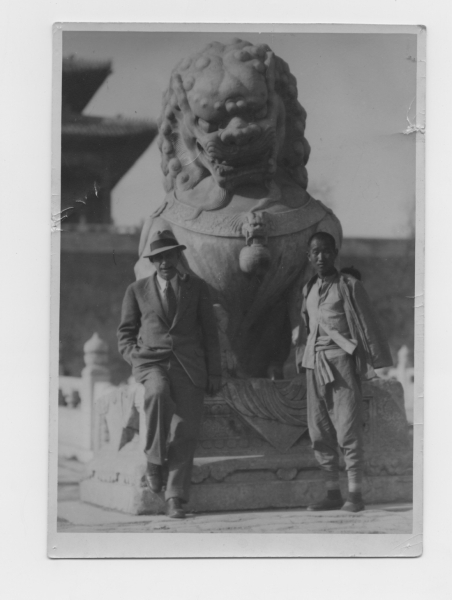
Richard J. Walsh—Buck’s publisher and second husband—pictured in China with an unidentified rickshaw man. Walsh’s tweed suit and pipe are typical of his signature daily attire.
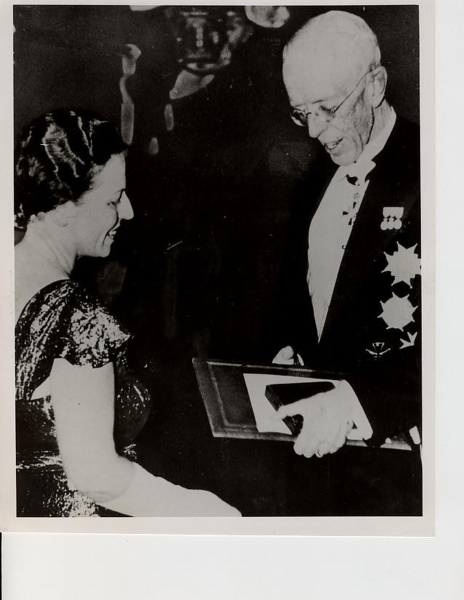
Buck receiving her Nobel Prize from the King of Sweden, Gustav V, in 1938. (Image courtesy of Pearl S. Buck International,
www.pearlsbuck.org
.)
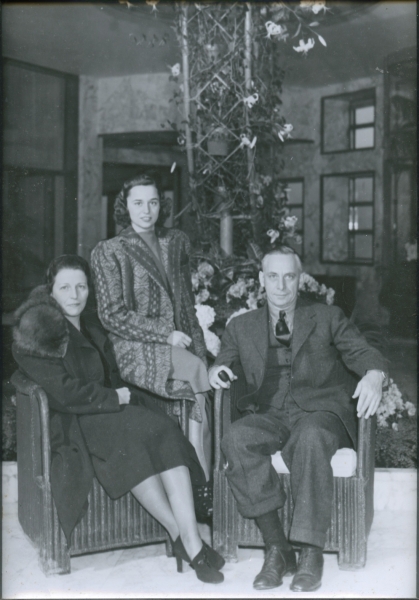
Buck and Walsh with their daughter, Elizabeth.
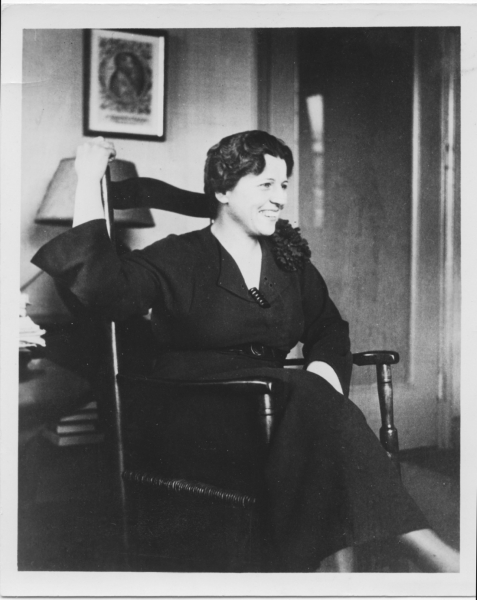
Buck in the 1930s.
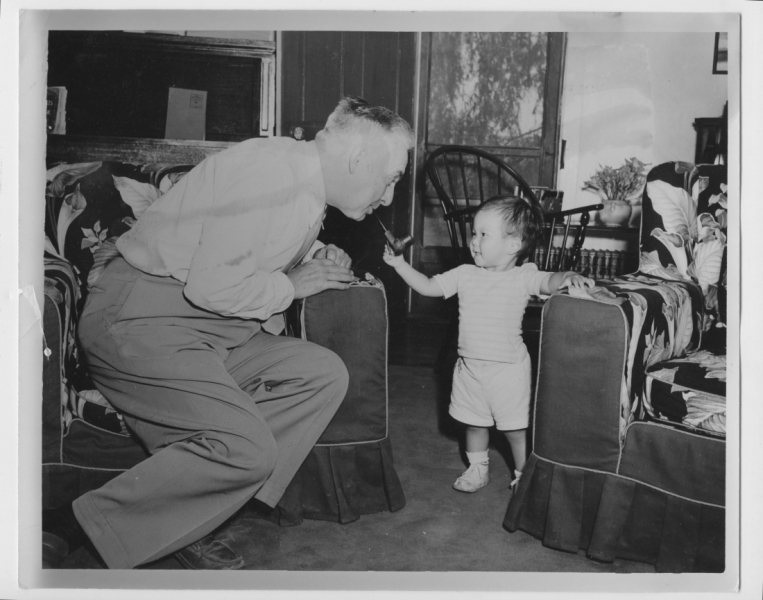
Walsh—with his ever-present pipe—pictured with an unidentified child.
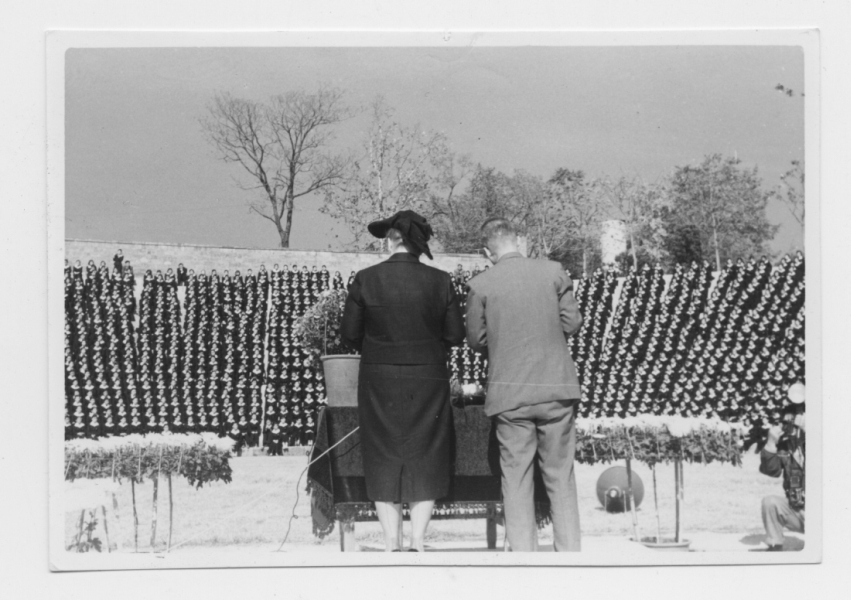
Buck addresses an audience in Korea in 1964, discussing the issues of poverty and discrimination faced by children in Asia. She established the Orphanage and Opportunity Center in Buchon City, Korea, in 1965.
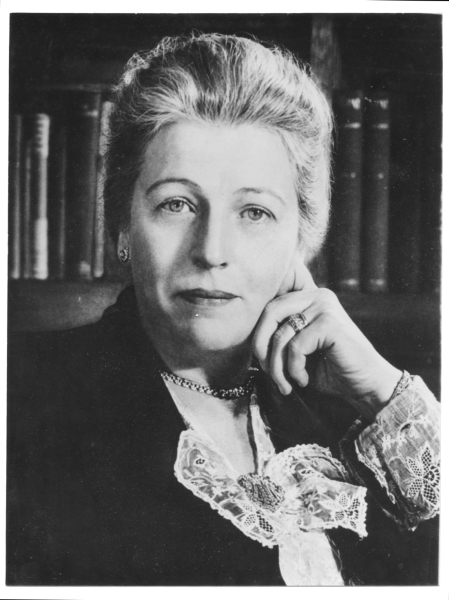
Buck in her fifties.
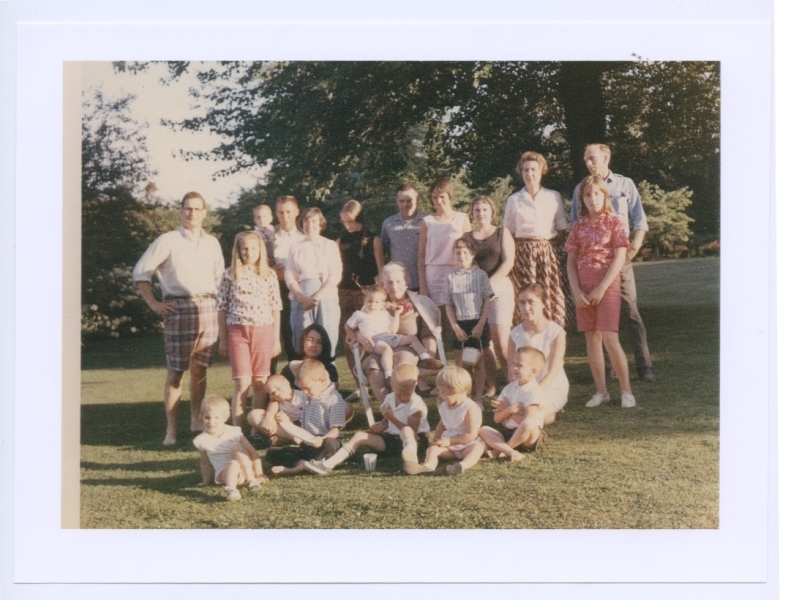
This family photograph was taken on Buck’s seventieth birthday, June 26, 1962. The gathering included Buck’s children, grandchildren, and some of the children supported by Pearl S. Buck International.
